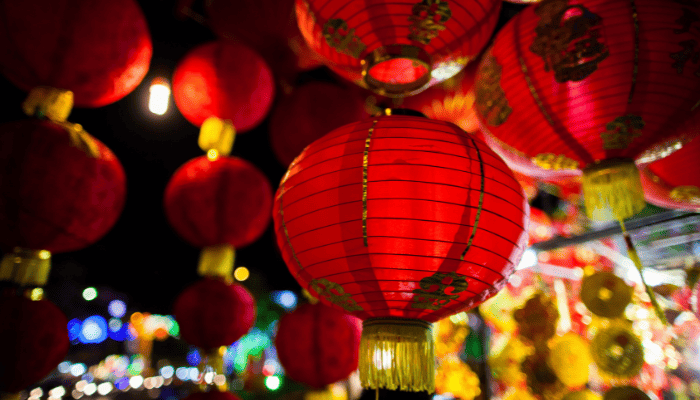By Guest Bloggers Meagan Robichaud and Kevin Chung
Lunar New Year celebrates both the beginning of a new year and the arrival of spring on the lunisolar calendar. Because the lunisolar calendar is determined in part by cycles of the moon, the exact date for Lunar New Year varies each year, falling between January 21 and February 20. This year, Lunar New Year will be celebrated on Feb 10th, ringing in the year of the dragon (or Naga, a mythical snake-like creature, in Thailand).
While many people know it as Chinese New Year, it is celebrated in many countries across East and Southeast Asia, including in China, Vietnam, South Korea, the Philippines, Malaysia, and Mongolia, to name a few, with each country having its own customs and traditions. The Lunar New Year holiday bears different names depending on the country, including Spring Festival (春节, Chūnjié) in China, Seollal (설날) in Korea, and Tết (short for Tết Nguyên Đán) in Việt Nam. Many Asian Americans also celebrate Lunar New Year, and cities across the US have related events and activities.
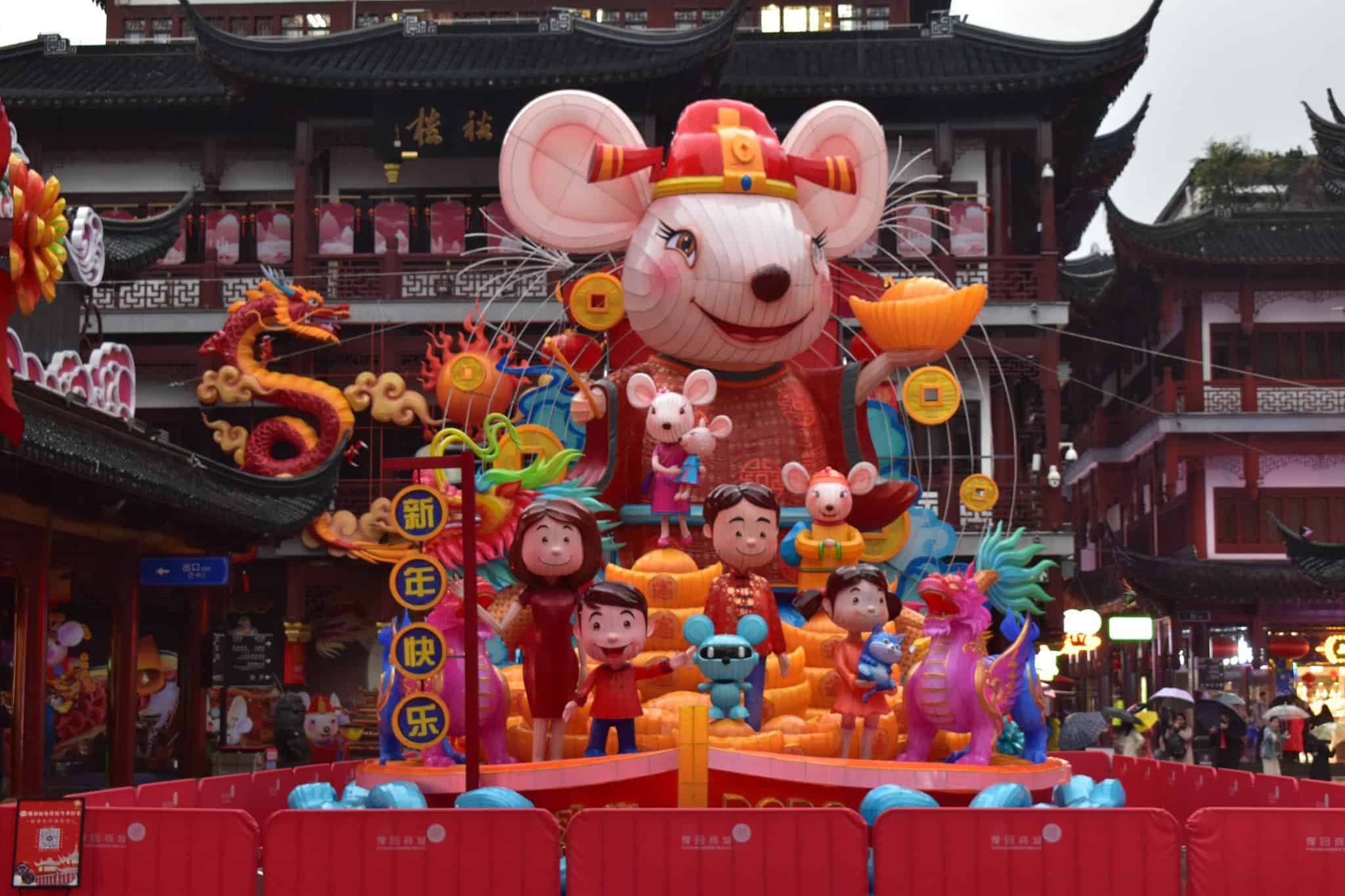
Lunar New Year Celebration Ideas
While everybody celebrates Lunar New Year in their own way, this holds deep cultural and familial significance, marked by various customs and rituals that bring families together, with many people travelling long distances to reunite with their families and celebrate the holiday together.
In the days leading up to Lunar New Year, many people will thoroughly clean and decorate their homes, signaling the removal of bad luck and making way for good fortune and a fresh start. Many Lunar New Year decorations are red in color to symbolize good luck and to ward off evil. In China, common decorations include chūnlián (春联, Spring Festival couplets on door frames), paper cuttings, lanterns, and the fú (福) character, which means “luck” and is often displayed upside down as a play on words since “upside down” in Chinese sounds like “arrive,” symbolizing the arrival of good fortune. Peach and apricot blossoms, symbolizing new beginnings and good fortune, and kumquat trees, symbolizing prosperity, are traditional Tết decorations in Việt Nam.
Traditional Lunar New Year Food
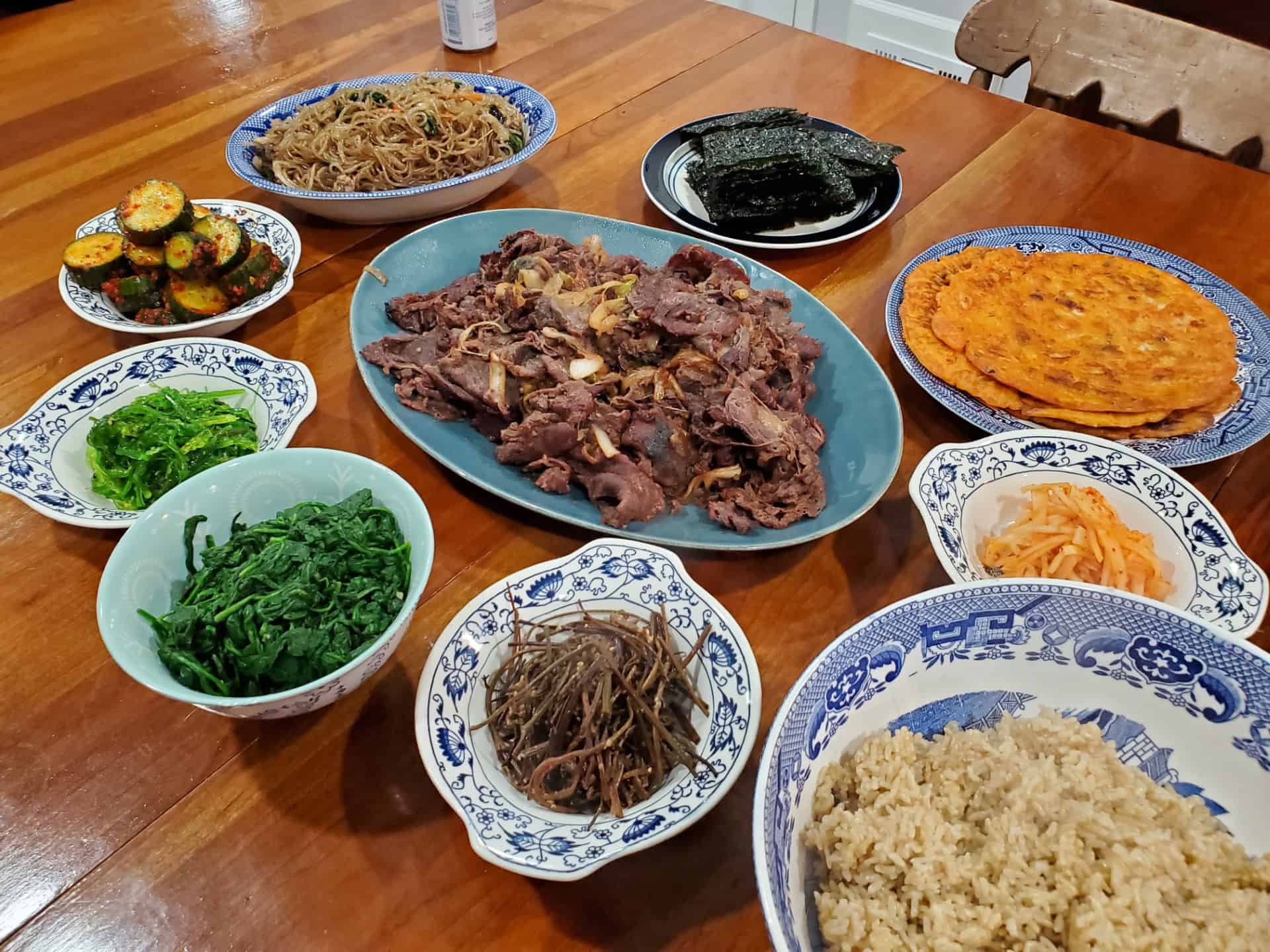
Food is central to any Lunar New Year celebration, with the Lunar New Year’s Eve dinner, known as reunion dinner for many people, typically being the most important meal when families gather. Throughout Lunar New Year celebrations, some people also choose to share a meal with close friends, such as through a potluck dinner or by cooking together.
Traditional dishes each carry special significance. In Korea, tteokguk (떡국), a traditional rice cake soup, is a staple during Seollal. It is believed that consuming tteokguk adds one year to a person’s age, signifying the start of a new cycle. The round shape of the tteok (떡), rice cake, represents the cyclical nature of life and the hope for a harmonious and prosperous new year. Click here for a tteokguk recipe. Other popular dishes include jeon (전, Korean pancake), mandu (만두, dumplings), and desserts such as yakgwa (약과, honey cookies), and hangwa (한과, traditional Korean confections).
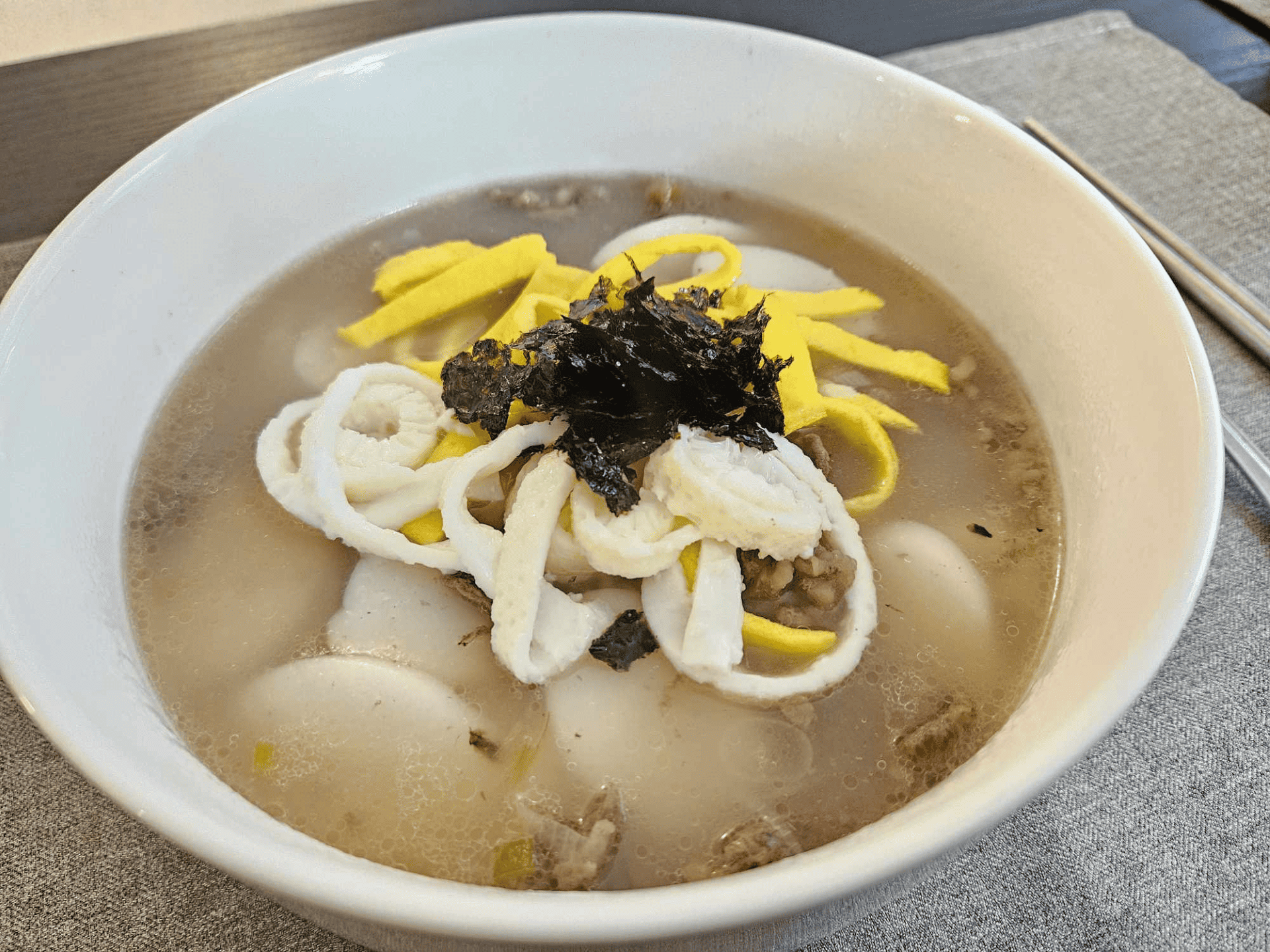
In Việt Nam, Bánh Chưng and Bánh Tét, sticky rice cakes containing mung beans and pork wrapped in either lá dong leaves (Bánh Chưng) or banana leaves (Bánh Tét) are key dishes consumed during Tết celebrations and are also traditionally served as offerings to ancestral altars. The process of making Bánh Chưng and Bánh Tét can also be a great bonding activity for families. Click here for Lunar New Year’s food recipes and other celebration ideas for families.
Family Activities to Celebrate Lunar New Year
Other activities during Lunar New Year have traditionally included:
- Red envelopes (紅包, hóngbāo) containing money are typically given to children by adults and elders during Lunar New Year in China.
- Traditional games, such as yut-no-ri (윷놀이, a board game) and neol-ttwi-gi (널뛰기, a seesaw game) in Korea, and, are also played during Seollal in Korea.
- Community celebrations, which often include fireworks and lion dances. Activities ranging from parades and festivals to music performances can be found across the US. Winston-Salem State University is hosting a Chinese New Year Celebration on February 16.
- Paying respect to ancestors: In Korea, for example, this is done through an ancestral ritual called cha-rye (차례), where families pay respects to their ancestors by offering food and performing ritualistic bows, which is believed to bring good fortune and prosperity to the family in the coming year.
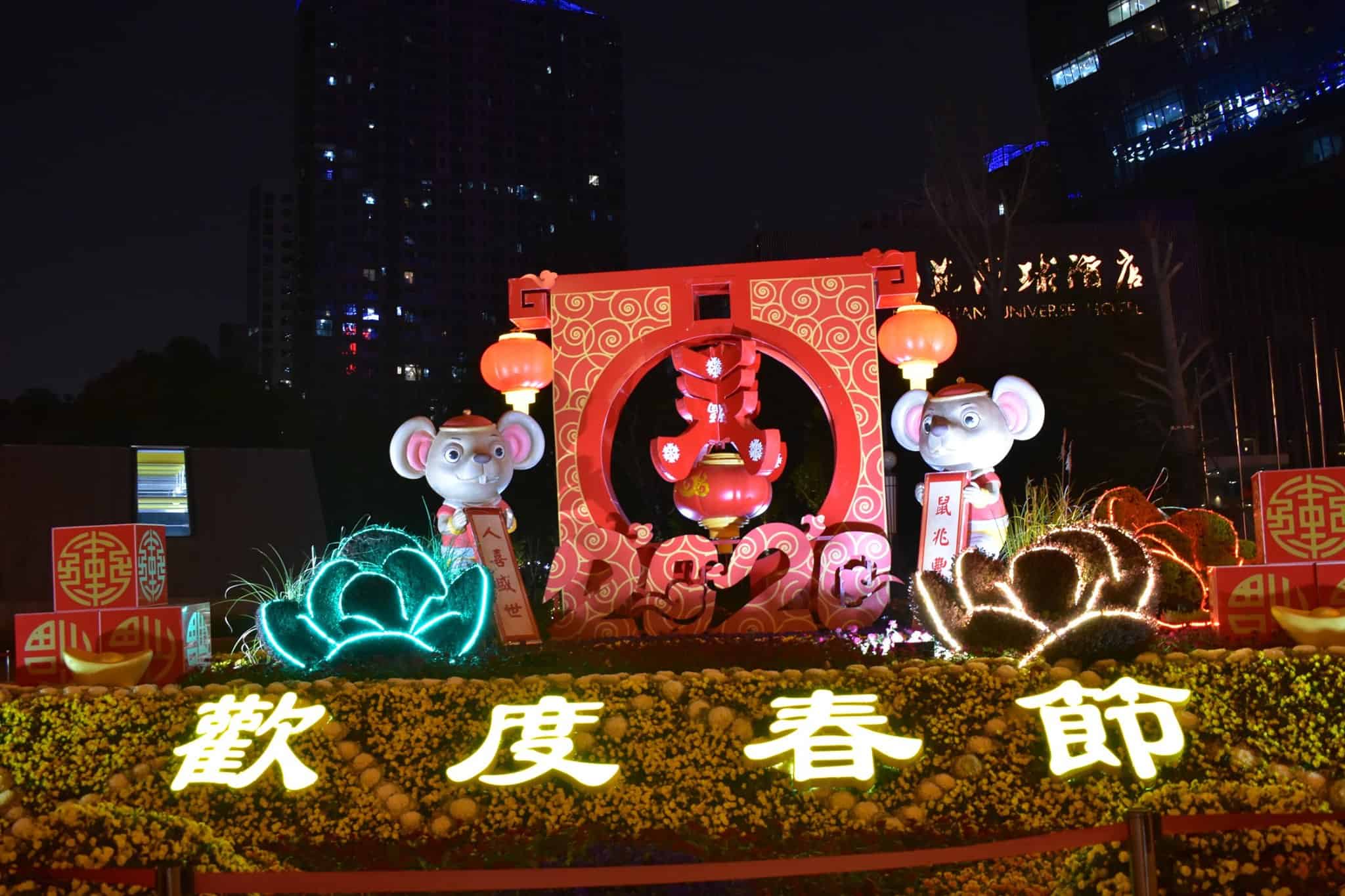
Share your favorite Lunar New Year traditions and celebration ideas in the comments below!
Want to see more blogs like this and also get notifications on local events and happenings? Subscribe to our free weekly newsletters here.

